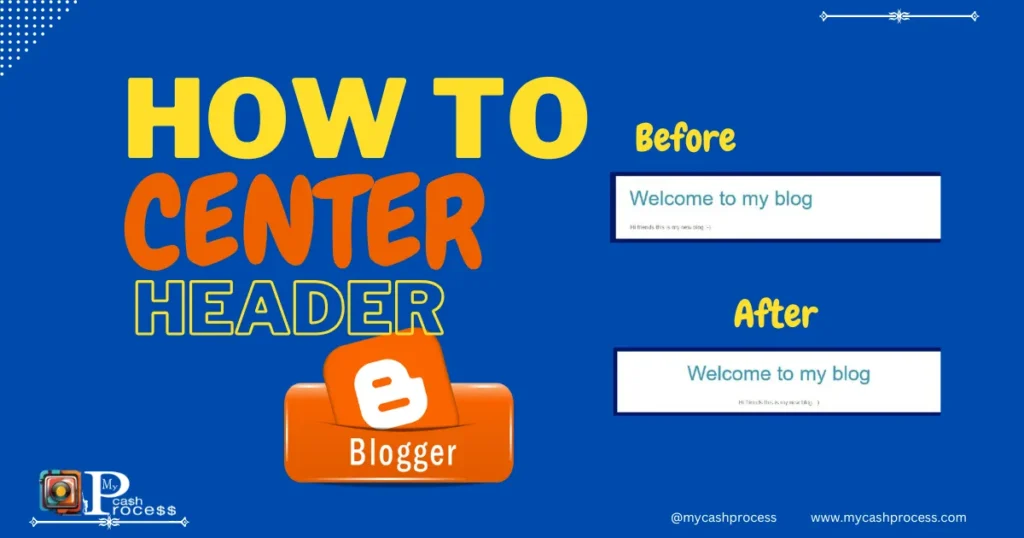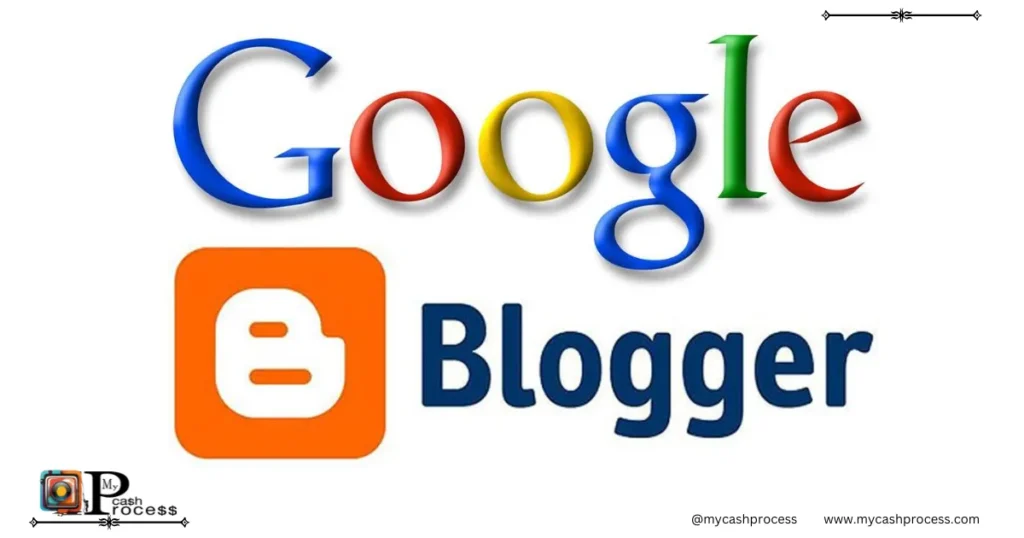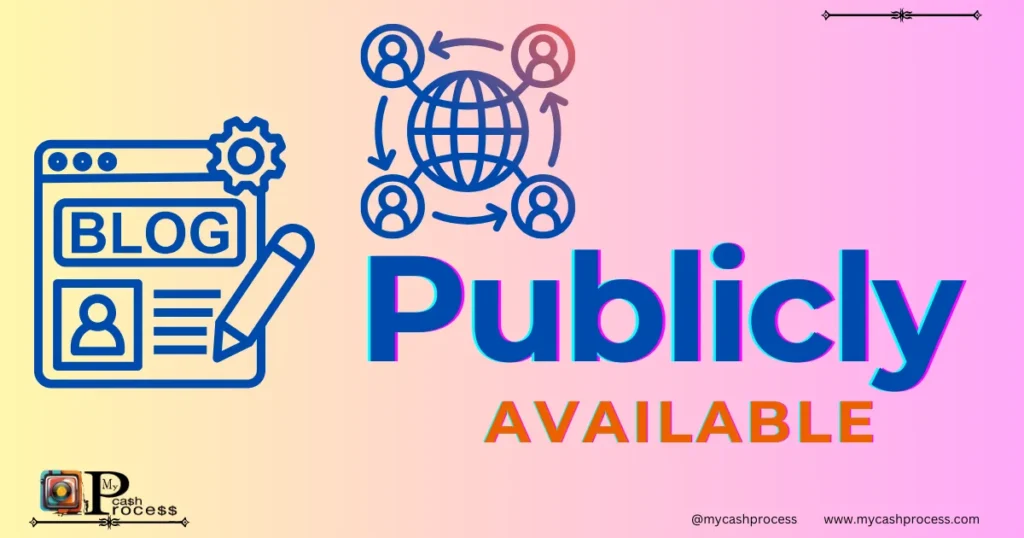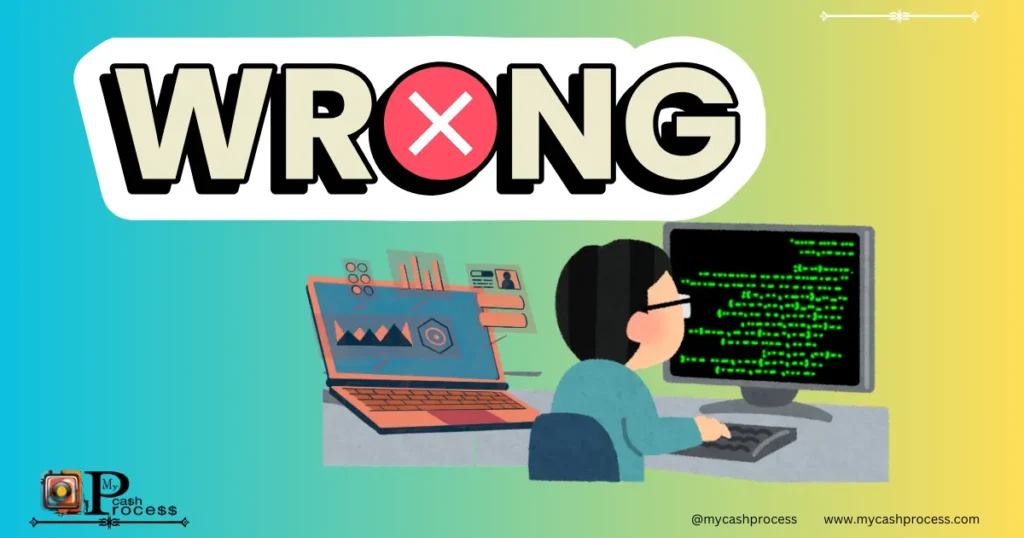Introduction
Centering a header image is one of the most essential aspects of creating a visually appealing and professional blog on Blogspot.com. A well-aligned header enhances the overall design, ensuring your blog captures the attention of your readers immediately. Unfortunately, many bloggers face challenges when trying to center their header images using HTML. This article explores how to center a header image in HTML on Blogspot, delving into common mistakes and practical solutions.
In this comprehensive guide, we’ll discuss the importance of header alignment, highlight pitfalls to avoid, and provide actionable steps to achieve perfection. Alongside the focus keyword, secondary topics such as how can I know if my Blogspot blog is visible, how to add back to top to Blogspot blog, and Google Blogger Wolfshead Consulting will be explored to ensure a holistic approach to Blogspot optimization.
Quick Access Guide
Understanding the Basics of Blogspot Header Customization
Blogspot’s Header Layout Structure
Blogspot headers play a crucial role in determining your blog’s first impression. The header layout in Blogspot typically consists of:
- A logo or title.
- Navigation links.
- Header image (optional).
Understanding the HTML structure of Blogspot headers helps you make precise adjustments without disrupting the overall design.
Key HTML Tags and Attributes Used for Header Alignment
Here are some critical HTML tags and attributes for aligning header images:
<div>: Wraps the content and allows CSS styling.<img>: Displays the header image.style="text-align:center;": Centers content within a container.- CSS Classes: Provide flexibility for modern customization.
By mastering these elements, you can effectively apply how to center a header image in HTML on Blogspot and ensure professional results.
How to Center a Header Image in HTML on Blogspot: Step-by-Step Guide
Step 1: Accessing Blogspot’s HTML Editor
To begin, log in to Blogspot.com and navigate to the theme customization section:
- Go to your dashboard.
- Click on “Theme.”
- Select “Customize” and then “Edit HTML.”
Step 2: Identifying the Header Section in the HTML Code
Locate the <header> or <div> tag containing your header image. Use the search function (Ctrl+F or Command+F) to find terms like “header” or “logo.”
Step 3: Adding and Testing the Center Tag or CSS Styling
Here’s how to implement the solution:
- Use inline styling:
<div style="text-align:center;"> <img src="your-image-url" alt="Header Image"> </div> - Alternatively, apply a CSS class:
<style> .header-image { display: block; margin: 0 auto; } </style> <img class="header-image" src="your-image-url" alt="Header Image">
Test the changes using Blogspot’s preview feature before saving them.
Common Mistakes to Avoid While Customizing Blogspot Headers
Misplaced HTML Tags Leading to Layout Issues
Errors like missing closing tags (</div>) can break your layout. Double-check your code for accuracy.
Ignoring Blogspot Preview Functionality Before Saving Changes
The preview option allows you to spot errors before they go live. Always use it to validate your changes.
Overwriting Default Blogspot Settings Unintentionally
Avoid making changes directly to Blogspot’s default templates. Instead, create a backup or use custom CSS.
Incorporating Modern Design Practices in Blogspot
Why CSS is Better Than Outdated HTML Tags
Modern CSS techniques offer:
- Greater flexibility.
- Cleaner code.
- Cross-browser compatibility.
Using Flexbox or Grid Layout Techniques for Advanced Customization
Examples include:
- Flexbox:
.header-container { display: flex; justify-content: center; } - Grid:
.header-container { display: grid; place-items: center; }
Both methods provide responsive designs that adapt to various screen sizes.
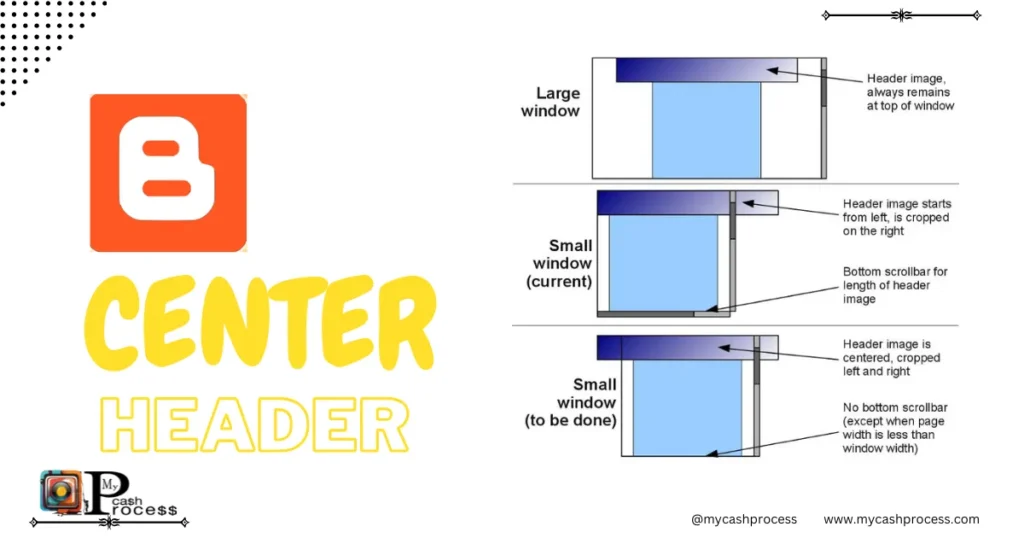
Addressing Visibility Issues on Blogspot: How Can I know if my Blogspot blog is visible
How Can I Know If My Blogspot Blog Is Visible?
Check your blog’s visibility by:
- Navigating to Blogspot’s settings.
- Ensuring the “Privacy” option is set to “Visible to search engines.”
Troubleshooting Cases Where the Blog Is Not Appearing Publicly
Common causes include:
- Privacy settings configured to “Private.”
- Search engine indexing is turned off.
Enhancing Navigation: How to Add Back to Top to Blogspot Blog
Benefits of Adding a “Back to Top” Button
- Improved user experience.
- Easier navigation for long posts.
Step-by-Step Guide to Integrating This Feature in Blogspot
- Add JavaScript to your HTML file:
<script> window.onscroll = function() { document.getElementById('back-to-top').style.display = window.pageYOffset > 100 ? 'block' : 'none'; }; </script> - Include the button in your layout:
<a id="back-to-top" href="#" style="display:none;">Back to Top</a>
Leveraging Google Blogger Wolfshead Consulting for Blogspot Optimization
Overview of Tools and Tips Provided by Wolfshead Consulting
Wolfshead Consulting offers insights into improving Blogspot.com through:
- Advanced customization techniques.
- SEO best practices.
How Consulting Resources Can Improve Your Blogspot’s Overall Performance
Engage with their tutorials to address common issues like broken layouts or SEO gaps.
Avoiding SEO Pitfalls While Editing Blogspot.com HTML
Importance of Maintaining Proper Metadata During Customization
Metadata (e.g., title tags, meta descriptions) is essential for ranking on search engines. Avoid overwriting or omitting these elements.
How Broken HTML Can Impact SEO Rankings
Broken code can:
- Affects page load speed.
- Reduce user engagement.
- Lower search engine rankings.
Testing and Previewing Changes in Blogspot
Using Blogspot’s Built-In Preview Feature Before Publishing
This feature lets you see real-time effects of your edits without affecting the live blog.
Common Testing Tools for Validating Your HTML and CSS Changes
Popular tools include:
- W3C Validator for HTML.
- Browser developer tools for debugging.
Avoid Common Mistakes: How to Center a Header Image in HTML on Blogspot Easily
Creating a well-structured and visually appealing blog on Blogspot requires careful attention to detail, particularly when it comes to aligning header images. Centering a header image not only enhances your blog’s design but also improves the user experience. While this process may seem straightforward, common mistakes often hinder bloggers from achieving the desired results. This article will explore two crucial topics not often discussed: responsive design for header images and maintaining cross-browser compatibility during customization, while staying within the scope of how to center a header image in HTML on Blogspot.
Ensuring Responsive Design for Header Images
In today’s mobile-first world, ensuring that your header image appears properly aligned across various screen sizes is critical. While centering an image in HTML may seem effective on desktop devices, failing to account for responsiveness can lead to alignment issues on mobile and tablets.
The Role of Media Queries in Responsiveness
Media queries in CSS allow you to create custom styling rules for different screen sizes. To make your header image responsive, you can use CSS rules like:
htmlCopy code<style>
.header-image {
display: block;
margin: 0 auto;
max-width: 100%;
height: auto;
}
@media (max-width: 768px) {
.header-image {
max-width: 90%;
}
}
</style>
<img class="header-image" src="your-image-url" alt="Centered Header Image">
This code ensures your header image scales down appropriately on smaller screens without losing its centered alignment.
Benefits of Responsive Header Images
- Improved User Experience: Visitors on mobile devices can view the blog seamlessly without awkwardly cropped or misaligned images.
- SEO Advantages: Search engines prioritize mobile-friendly websites, boosting your blog’s ranking potential.
- Professional Appearance: A responsive header maintains the blog’s professional look across all devices.
Ignoring responsiveness when centering header images can alienate mobile users, which is why it’s vital to integrate such techniques early on in your customization process.
Maintaining Cross-Browser Compatibility
Another overlooked aspect of centering a header image in HTML is ensuring it looks the same across all browsers. Different browsers, such as Chrome, Firefox, Safari, and Edge, may render HTML and CSS rules differently, causing inconsistencies.
Utilizing CSS Resets
CSS resets normalize the default styling applied by browsers, reducing discrepancies. Consider adding a reset stylesheet or using the following minimal code:
htmlCopy code<style>
* {
margin: 0;
padding: 0;
box-sizing: border-box;
}
</style>
By starting with a clean slate, you can control how the browser interprets your centering code.
Testing Across Multiple Browsers
To ensure your header image aligns correctly, use tools like BrowserStack or CrossBrowserTesting. These platforms allow you to view your Blogspot design in different browsers without needing access to all devices.
Fallback Techniques for Older Browsers
Older browsers may not fully support modern CSS properties such as Flexbox or Grid. For these cases, use a fallback method such as inline styles:
htmlCopy code<div style="text-align:center;">
<img src="your-image-url" alt="Centered Header Image">
</div>
While this approach is less elegant, it ensures basic functionality for users with outdated browsers.
Conclusion
Centering a header image in HTML on Blogspot can seem daunting, but with proper knowledge and techniques, it becomes a manageable and rewarding task. By avoiding common pitfalls and leveraging modern design practices, you can create a professional and visually appealing blog that aligns with your branding and engages your audience effectively.
Through this guide, you’ve explored essential steps for centering a header image, troubleshooting visibility issues, incorporating navigation features like a “Back to Top” button, and optimizing your Blogspot site for SEO. You also learned about utilizing advanced tools such as Google Blogger Wolfshead Consulting to enhance your blog’s performance.
By following these tips and maintaining a systematic approach, you ensure a seamless experience for your readers while preserving the integrity of your website’s design.
Warning
- Avoid using outdated or unsupported HTML tags for header alignment.
- Always back up your Blogspot HTML file before making edits.
Follow us on Pinterest, Twitter X, Facebook, Instagram, Quora, TikTok, Discord, YouTube, and WhatsApp Channel.
Advice
- Focus on mobile-friendly designs to ensure optimal user experience.
- Use Blogspot’s built-in tools for easy customization and debugging.
FAQs
Q1: How can I check if my Blogspot blog is visible after editing the header?
A1: Refer to the Blogspot settings page and ensure visibility options are enabled.
Q2: Can I add a custom header image without using HTML?
A2: Yes, Blogspot’s template editor allows you to upload images directly.
Q3: What if the “Back to Top” button doesn’t work after integration?
A3: Double-check your JavaScript and CSS code for syntax errors.

